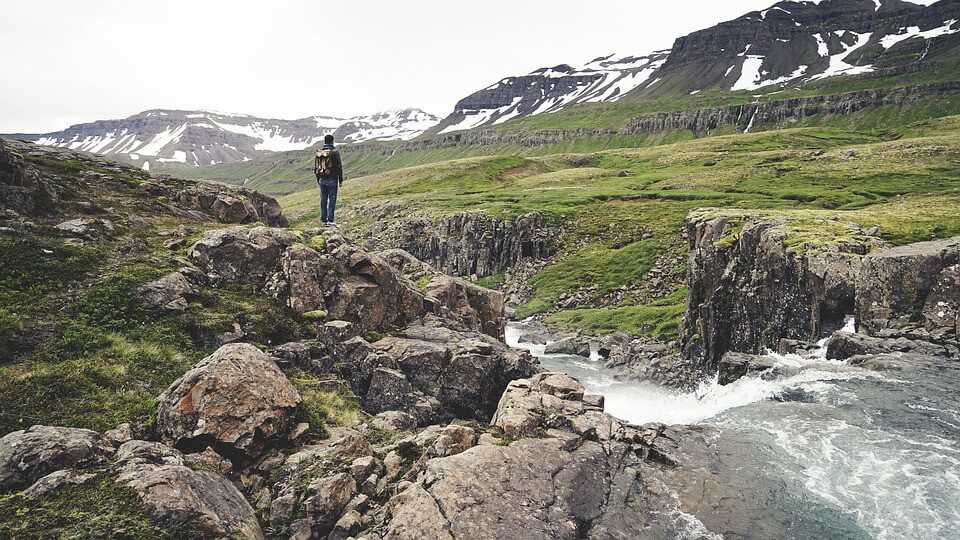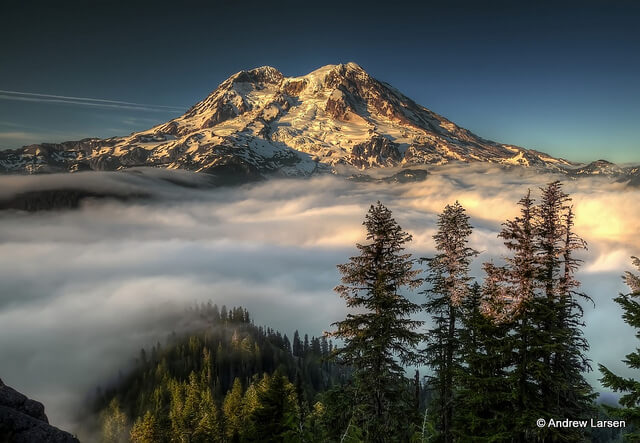Mount Rainier is a beautiful national park that transforms in winter to a dramatic snow-covered wonderland. Located southwest of Seattle, this mountain landscape attracts visitors year round and is one of the most visited national parks in the country. If you are planning a trip to Mount Rainier, consider these tips for hiking the park in the winter.
Try Snowshoeing
Snowshoeing is a great way to experience the drama of Mount Rainier. Join a ranger guided trek to learn about snowshoeing and winter in the park, or strike out on your own if you have experience and supplies. While visitors must stay on the paths during the summer, it is a different story once the snow is deep enough. Then you have more freedom to explore the mountain and enjoy the beauty of the alpine trees covered in snow.
Go Hut to Hut
The Mount Tahoma Trails system allows visitors the opportunity to enjoy cross country skiing and snowshoeing in the Mount Rainier area. With three ski huts and a yurt, visitors can travel from one hut to the next, enjoying spectacular views along the way. Spend the day in the area or make reservations to stay overnight in one of the huts. The Rainier Vista Trail is a highlight that provides stunning views of Mount Rainier.
Be Prepared
Hiking, snowshoeing, and skiing are fun ways to explore Mount Rainier in the winter, but they can also be dangerous. Even in summer, storms can hit the mountain unexpectedly resulting in snow and blinding fog. Being prepared helps you stay safe and get the most out of your visit.
- Dress warmly
- Stay dry
- Watch the weather
- Carry winter essentials and know how to use them
- Don’t travel alone
- Tell someone where you are going
- Avoid hiking in questionable weather
Mount Rainier is a gem nestled in Washington State that provides breathtaking winter landscapes. As one of the oldest national parks, it continues to inspire visitors of all ages. Its close proximity to Seattle makes it easy to get to whether you live in Washington State or are flying in for a visit.

